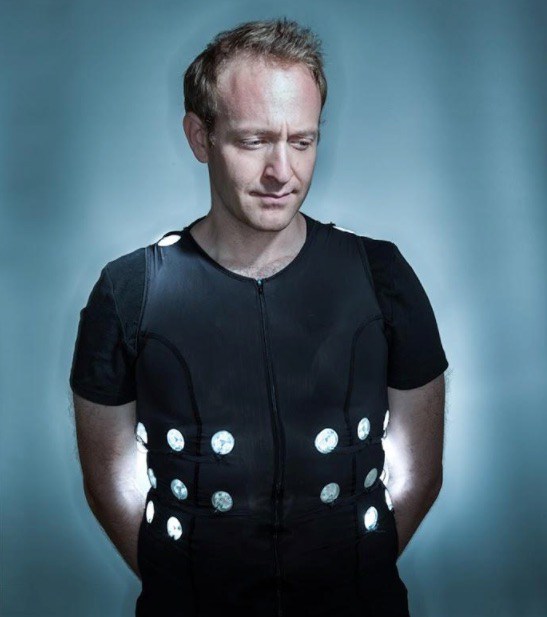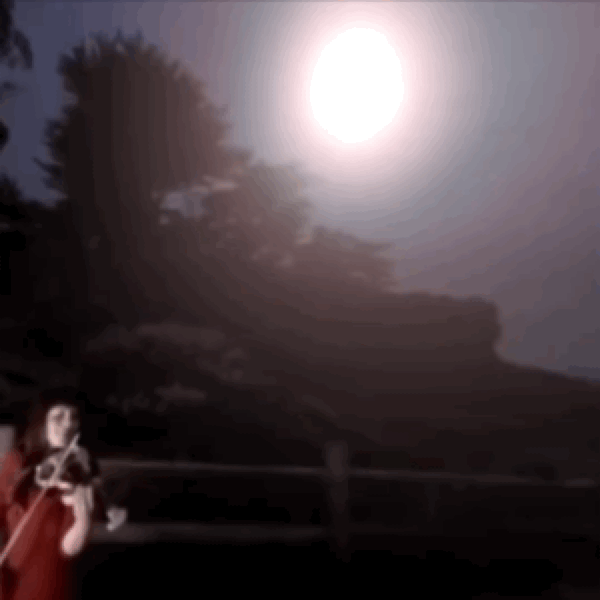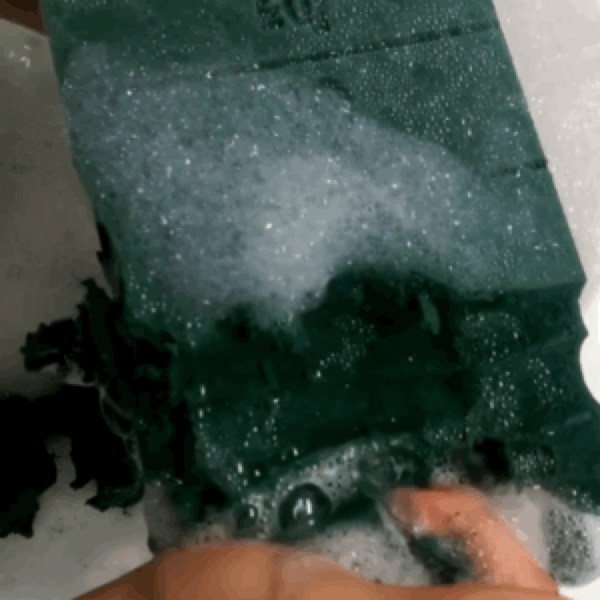“Turns out that ASMR is pretty special. According to a recently published study in The Journal of Prevention of Alzheimer’s Disease (catchy name!), the part of your brain responsible for ASMR doesn’t get lost to Alzheimer’s. Alzheimer’s tends to put people into layers of confusion, and the study confirms that music can sometimes actually lift people out of the Alzheimer’s haze and bring them back to (at least a semblance of) normality… if only for a short while. ASMR is powerful stuff!”
Hearing silent images is the most common synesthesia, UCLA transferred snail memories, and I hear “Yanny”
“Up to one in five people may show signs of a synesthesia-like phenomenon in which they ‘hear’ silent flashes or movement, according to a new study from City, University of London.
While the effect is barely known to science, the researchers found that this ‘visually-evoked auditory response’ (vEAR) is far more common than other types of synesthesia – such when certain sounds elicit a specific colour – with flashing lights and motion evoking vivid sounds.
The survival of this association may also explain other links between sound and vision, such as why we like to listen to music synchronised with flashing lights or dance.
…While other typical synesthesias are estimated to have an overall prevalence of 4.4 per cent, the vEAR effect has recently gained some prominence on social media following the rise of ‘noisy GIFs’, and in particular the ‘thudding pylon’ GIF which received thousands of retweets.”
An undiagnosed love story, autistic vision focuses on the details, and an auditory dimension augmented reality experience
“…The turning point came with a startling realisation: we don’t argue. Ever. Early on in our marriage I was terrified of any sign of anger on his part. Even mild irritation left me quaking. I would shut down and not respond. In the end, we found a way to be and we haven’t had a cross word for more than a decade.
Years ago, Tim would snap over something small and I would retreat upstairs and not come down until I knew he had either gone out or had calmed down. I simply didn’t engage. Now he no longer even considers getting cross; he knows nothing will come of it. Problems are discussed calmly and solutions negotiated. Anything else seems bizarre to me. Why would anyone want to scream and shout at the person they love?”
Neuroscientist creates a sensory vest, Prometheus rises again in Westworld S2, and the precision factor in poetry and math
“Stanford neuroscientist David Eagleman invented the Versatile Extra-Sensory Transducer (VEST), a wearable tactile display that translates myriad kinds of information, from speech to sounds to digital data, into patterns of vibrations on the skin. The device was inspired by Eagleman’s study of synesthesia, the fascinating neurological phenomenon whereby stimulation of one sense involuntarily triggers another sensory pathway.”
A.I. hears music in your head, businesses use music to affect tasting experience, and the brain processes sight and sound the same
“Music menus: Restaurants that are putting more emphasis on their soundtracks—aiming to create the right mood rather than just muffling the conversations of diners and other background noise—include renowned Los Angeles restaurant Vespertine, where a series of seven tracks is heard before, during and after the multicourse meal.
“Music, for sure, is arguably the most important part of my creative process,” says chef Jordan Kahn.
Music is hard to miss at Vespertine, where the $250 tasting menu is currently 19 courses. Kahn says he aims “to use sound to enhance and augment the dining experience, not to distract the guest.””
Illustrating environmental interaction, floral foam is the new slime, and a dog’s nose is 100,000 times more sensitive than a human’s
“The people in my illustrations are almost caricatures that presume and hint at deeper stories,” says Nathan. “I write a little so I naturally seek narratives even in non-sequential images.” The characters in Noise Complaint for example, span the human demographic, with a couple fighting next to their young child, boys playing loudly in a rock-band, two women doing DIY and someone putting out a fire — the characters are thoroughly human, relatable and despite Nathan’s high level of illustrative detail, leave space for the viewers own storytelling and interpretation.”
Reading helps with anxiety, 50 fourth grade level book recommendations from teachers, and dyslexia makes great designers
SENSORY NEWS REPORT Sylvester, C. (1922) Journeys Through Bookland : a New and Original Plan for Reading Applied to the World’s Best Literature for Children, p.226 [photograph]. Retrieved from The Commons on Flickr (Public Domain) , https://flic.kr/p/oeRmRM. #thursdaymorning #sensoryreaders #sensorynews #multisensory #stimtoys Contents Selected Reads + Buzz Book + Stim Tool Halcyon Entrancement Chuckles Sources
Genetics affect synaesthetes, odor plays a role in social cue perception, and museums are becoming sensory-friendly
SENSORY NEWS REPORT Selected Reads + Buzz Book + Stim Tool Halcyon Entrancement Chuckles Sources From Twitter: [latest posts] #thursdaymorning #sensoryreaders #sensory #multisensory #stimtoys #news #sensorynewsreport








